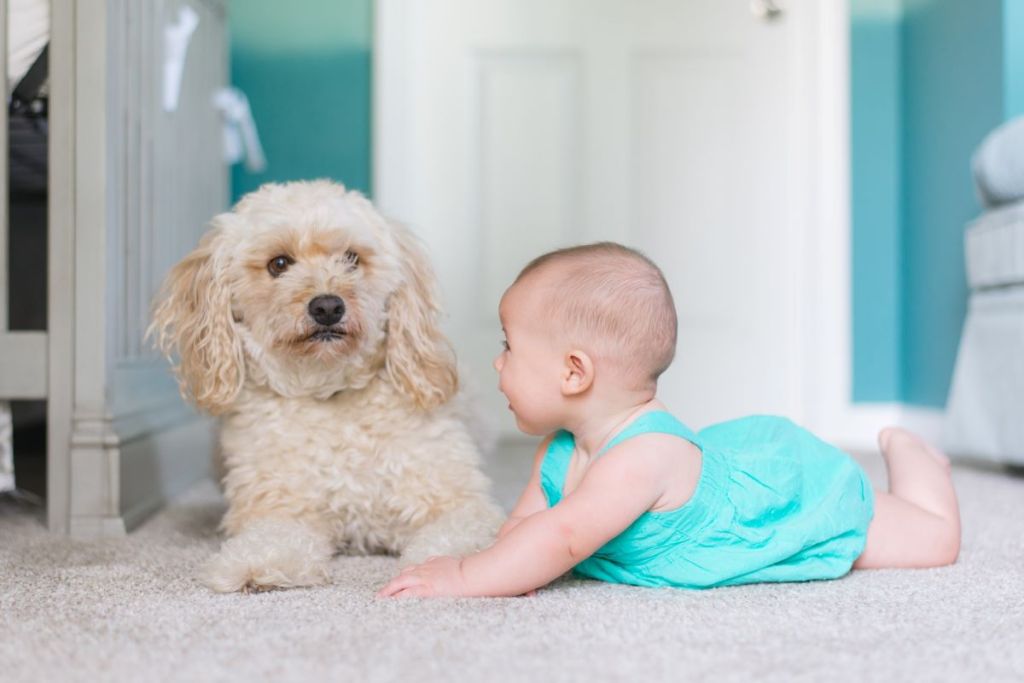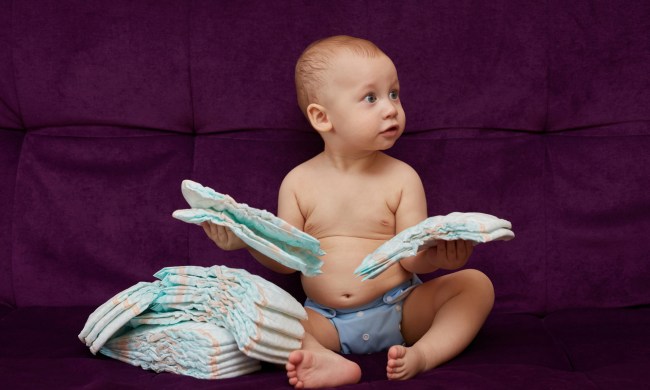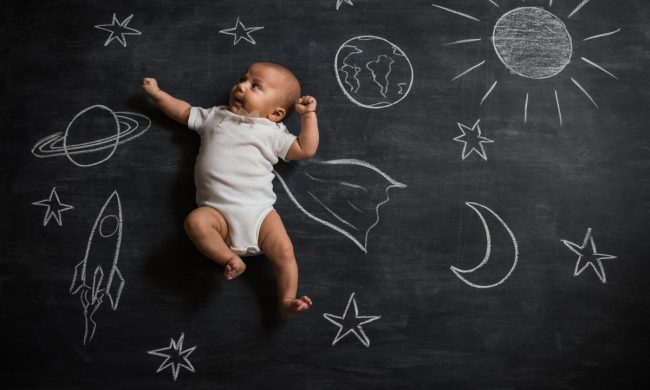Bringing home a newborn baby alters the daily routine of the household in the beginning. Days and nights get reversed, and of course, you want to give all your attention to your little one. Likewise, you would want the four-legged member of your family to share in the joy of the new addition. There are few sights as adorable as newborns and dogs together. In time, you would also love to see your baby develop a lasting friendship with the family dog. This brings up the question of how to introduce your newborn to the dog. We’ve found some tips to make this happen, but you might be surprised about how long the process takes.
How to introduce your newborn to the dog without scaring either party
The whole idea is to plan the interaction between the two that builds on mutual respect. The dog ideally will have already gained some calmness skills. As your baby grows up, you’ll teach him or her to respect animals. So, these following strategies will help with various stages of the relationship between child and pup.
Give your dog some basic training
The first step actually happens long before your baby’s arrival. In fact, if your pet is still a puppy, then you have a prime opportunity to train him or her since younger dogs catch on to training rather quickly. Nonetheless, you can still train an older dog if you’re using positive reinforcement and consistency. Dogs naturally respond better to treats, verbal encouragement, and petting. Some basic “tricks” that will help your dog and the baby get off on the right foot (or paw?) include the following:
- Sit
- Stay
- “Down” (when your dog jumps on people)
- Drop it (if your dog goes after the baby’s toys)
Having a dog who’s already well-trained helps the process of introducing a new, little family member and ideally prevents any mishaps such as the dog trying to jump on you while you’re holding the baby or annoying any visitors who stop by.
Shaking up the routine
This part of the process also starts before your due date. By anticipating the effect on your dog’s daily routine, you might consider adapting tasks and schedule accordingly. For instance, your partner can take the dog for the morning walk (even if it’s earlier than before) since you’ll be resting after staying up most of the night or feeding the baby.
Upon arriving home and after, give some attention to your dog
With newborns and dogs in the same house, you will also have to practice dog/baby-related activities. This involves sharing the experience with your dog while your attention is on the baby. In one situation, while you change a diaper, you can talk to both your baby and dog. If you’re preparing a meal—share some love with your dog as well. The attention and care shared in these situations will transform your newborn in your dog’s eyes from a stranger to their best friend.
Use positive reinforcement while setting up boundaries
The rewards system is a great way to teach your dog how to behave and stay calm around the baby. As your dog can sense your mood and read your body language, they’ll soon recognize and respect the boundaries that are established. As weeks go by, you’ll be creating a safe environment and a great friendship for your baby as well. To achieve this goal, you’ll likely incorporate lots of petting and a few treats.
For example, as you start nursing your baby, you can ask your partner to share special treats with your dog and pet him or her a few times. This approach will give dogs the impression that this process is intimate, and they are being rewarded for being patient and quiet. Soon they will associate these feedings with positive times and will look forward to it.

Why should newborns and dogs meet right away
Going through this process of introducing your newborn to the dog benefits both parties. First off, you help your baby to grow accustomed to (and maybe develop a love for) the family pet. This situation might even foster a love for animals as the years pass.
Regarding your dog, he or she will gain a new lifelong friend to eventually play with and cuddle. Plus, you won’t have the constant worry about keeping the dog outside or somewhere where your baby won’t encounter the pet. Furthermore, you won’t have to find a new home for your canine.
Overall, newborns and dogs can coexist in the same household—with some careful planning. At the same time, don’t become discouraged if your baby isn’t smiling and giggling at the first sight of Fido, or in turn, if your fur-baby runs away from a child crawling towards him or her. Having patience, staying calm, and consistently working with both parties will guarantee a beautiful friendship between child and canine that will only grow with time.




